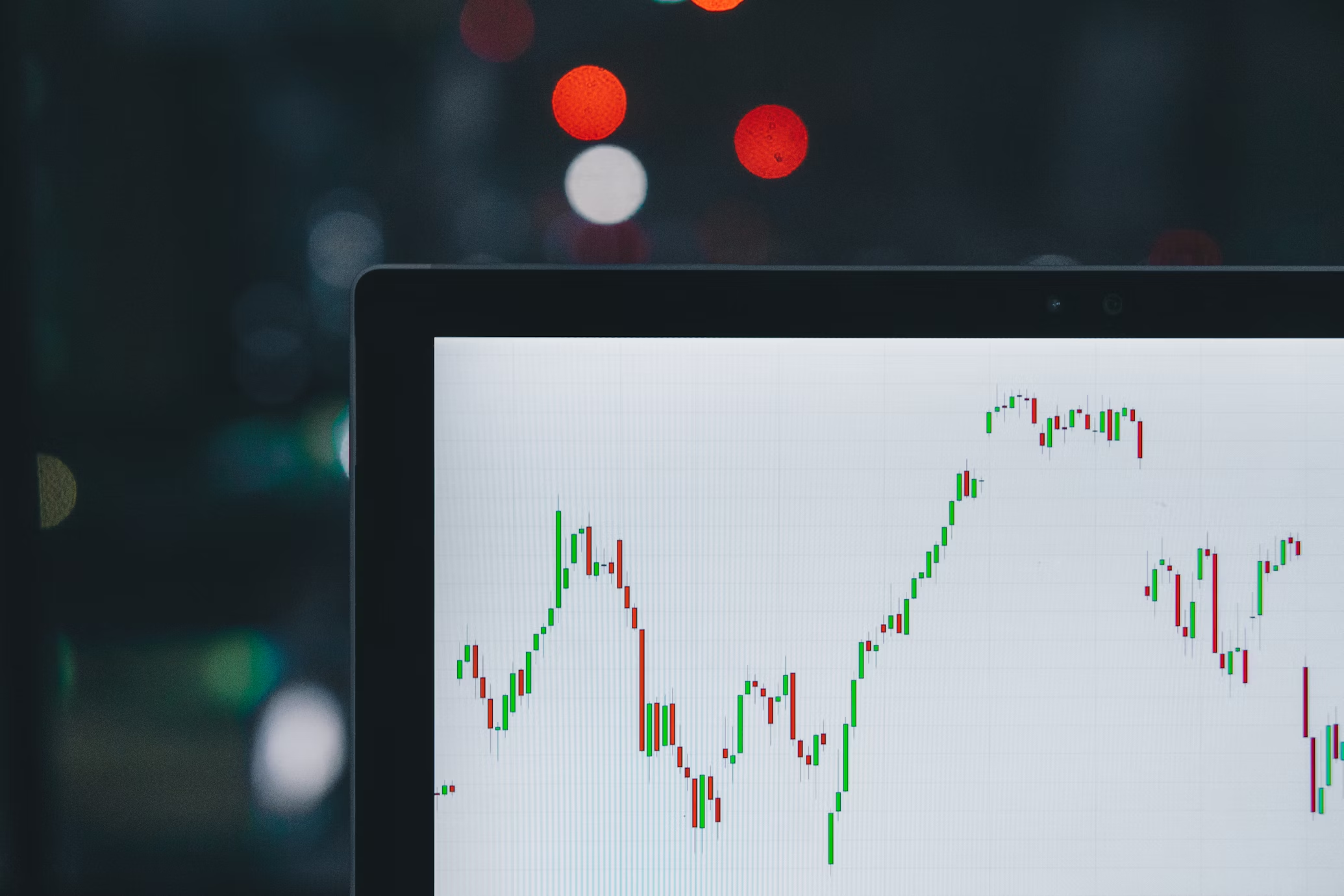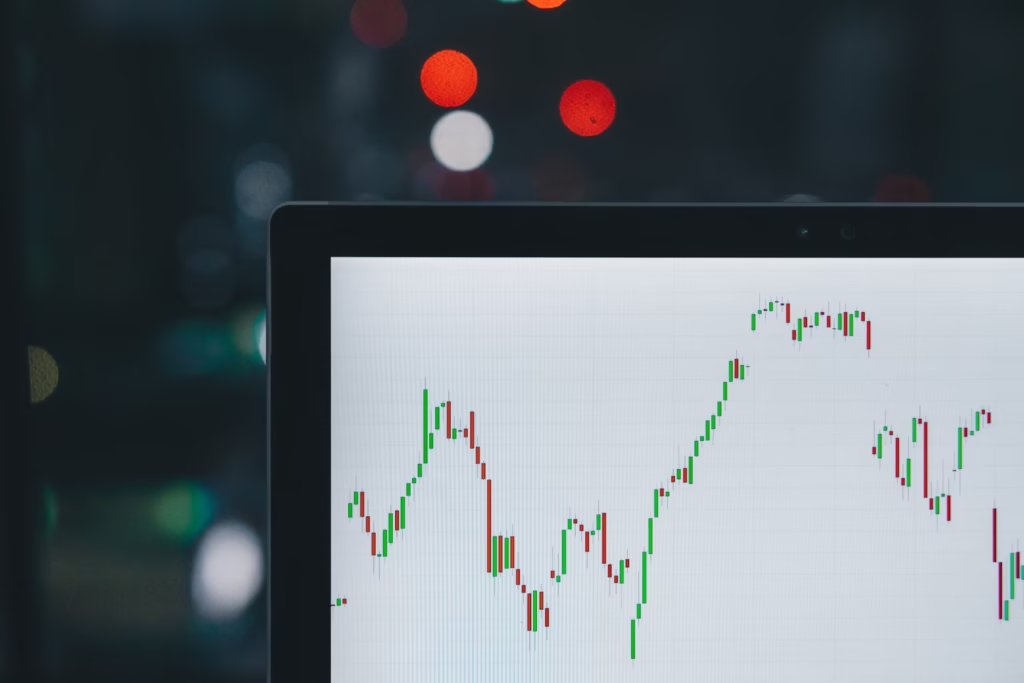
Asia’s Market Pulse: How US-China Trade Talks Are Moving Major FX Pairs
The dance between the world’s two largest economies, the United States and China, is never truly out of the spotlight. And when it comes to their trade relations, the impact reverberates far beyond their borders, sending ripples across global financial markets, especially Asia’s crucial Forex pairs. Recent trade talks have once again put this dynamic on full display, showcasing how even cautious steps towards détente can significantly influence the likes of the Japanese Yen (JPY), Chinese Yuan (CNY), and Korean Won (KRW).
The Perennial Chess Match: Trade Tensions and Risk Sentiment
At its core, the interaction between US-China trade talks and Asian currencies boils down to risk sentiment. When trade tensions escalate (e.g., new tariffs, retaliatory measures, confrontational rhetoric), global investors tend to flock to traditional safe-haven assets. Conversely, signs of de-escalation or progress in negotiations often fuel a “risk-on” environment, encouraging capital to flow into riskier, growth-sensitive assets.
Recent Developments (as of mid-June 2025):
The latest rounds of US-China trade discussions, particularly those held in London recently, have provided a fresh example of this dynamic. While characterized by “cautious optimism” and an agreement on a “framework for trade discussions” rather than a groundbreaking deal, the mere willingness to engage in dialogue has been enough to nudge market sentiment. Initial reports indicated some understanding on easing export restrictions on rare earth minerals and magnets from China in exchange for the US easing certain export curbs, especially on semiconductors.
Impact on Key Asian FX Pairs:
- Japanese Yen (JPY): The Safe-Haven BellwetherThe JPY traditionally acts as a safe-haven currency. In times of global uncertainty, including heightened US-China trade friction, investors often buy JPY, causing it to strengthen against other currencies.
- Recent Trend: Following the news of the US-China trade framework agreement, the JPY has seen some weakness. This is largely due to the easing of safe-haven demand. As risk sentiment improves, investors are less inclined to hold onto the JPY, leading to it losing ground against currencies like the US Dollar.
- Beyond Trade: While trade talks are a factor, the JPY’s movements are also heavily influenced by the Bank of Japan’s (BOJ) monetary policy. Any hints of a rate hike or shift away from its ultra-accommodative stance can provide counter-pressure to trade-induced weakness. However, for now, the less urgent need for safety seems to be a dominant force.
- Chinese Yuan (CNY / CNH): The Direct CorrelationThe Chinese Yuan, both onshore (CNY) and offshore (CNH), is arguably the most directly impacted by US-China trade relations.
- Recent Trend: The market’s reaction to the latest trade framework has been relatively muted for the CNY/CNH, but generally, a constructive tone in trade talks tends to support the Yuan. De-escalation of trade tensions lessens the pressure on China’s export-driven economy, which can bolster confidence in the Yuan. Conversely, any re-escalation or new tariffs typically leads to CNY depreciation as the market prices in a weaker economic outlook for China.
- PBOC’s Role: It’s crucial to remember that the People’s Bank of China (PBOC) actively manages the Yuan’s exchange rate. Their daily fixing and broader monetary policy play a significant role in mitigating extreme volatility driven by trade headlines.
- Korean Won (KRW): The Export-Oriented ProxySouth Korea, with its heavily export-dependent economy (particularly in semiconductors and technology), is highly sensitive to global trade dynamics, especially those involving its two largest trading partners, the US and China.
- Recent Trend: The Korean Won often acts as a proxy for broader Asian risk appetite. Recent trade optimism has generally been supportive of the KRW. Strong foreign capital inflows into South Korean equities (like the Kospi index reaching multi-year highs) also contribute to Won strength, as investors bet on improved global trade conditions benefiting Korean exporters. Any positive movement in US-China trade is seen as a boon for regional supply chains and demand for Korean goods.
The Nuance of “No Concrete Details”:
It’s important for Forex traders to note that the lack of concrete details from the recent US-China trade announcements has led to a somewhat cautious market response. While the framework agreement signals a willingness to engage, the absence of specific tariff reductions or broader structural reforms keeps a lid on overly enthusiastic “risk-on” rallies. This “wait-and-see” approach means that while major FX pairs respond to headlines, sustained moves often require more tangible progress.
Looking Ahead:
The pulse of Asia’s Forex markets will continue to beat in rhythm with the ebb and flow of US-China trade talks. Traders should remain vigilant for:
- Further details or formal agreements: Concrete steps, especially concerning tariff reductions, would likely trigger stronger and more sustained moves in Asian currencies.
- Economic data: Inflation reports (especially from the US), industrial production, and trade balances from both the US and China will provide real-world context to the ongoing trade narrative.
- Central Bank Commentary: Statements from the Federal Reserve, PBOC, and BOJ regarding monetary policy will always be a critical factor, potentially overriding or amplifying trade-related movements.
In the intricate tapestry of global finance, US-China trade talks remain a pivotal thread, constantly influencing Asia’s market pulse and shaping the daily movements of its major Forex pairs.



